Latest Posts by bogotaynai - Page 5



She kissed so thirstily, said Kenneth Tynan, “cupping her man’s head in both hands and seeming very early to drink from it.” There were no retakes on the Garbo-Gilbert love scenes. “You can actually see these two terribly attractive people falling in love with each other on the screen,” said Gilbert’s daughter, and director Brown confirmed it:
It was the damnedest thing you ever saw. It was the sort of thing Elinor Glyn used to write about. When they got into that first love scene… Nobody else was even there. Those two were alone in a world of their own. It seemed like an intrusion to yell “cut!“ I used to just motion the crew over to another part of the set and let them finish what they were doing. It was embarrassing.





Greta Garbo and John Gilbert in the MGM/Clarence Brown silent romantic melodrama Flesh and the Devil, 1926.


“Love” ,1927
Greta Garbo (1905 - 1990) plays Anna Karenina in the romantic drama ‘Love’, directed by Edmund Goulding. She embraces her on-screen lover Alexei Vronsky, played by John Gilbert (1899 - 1936).



Greta Garbo and John Gilbert in Love (MGM, 1927)
1927: Swedish-American actress Greta Garbo (1905 - 1990) plays Anna Karenina in the romantic drama ‘Love’, directed by Edmund Goulding.


1926: Actor John Gilbert (1899 - 1936) receives a stolen kiss from Greta Garbo (1905 - 1990) in a scene from ‘Flesh and the Devil’, directed by Clarence Brown.


Greta Garbo and John Gilbert in Flesh and the Devil (1926) dir. Clarence Brown


Greta Garbo, March 1933


Greta Garbo “Ninotchka” by Clarence Sinclair Bull, 1939

Greta Garbo Valentine

Greta Garbo and John Gilbert
Flesh And The Devil - (1926)
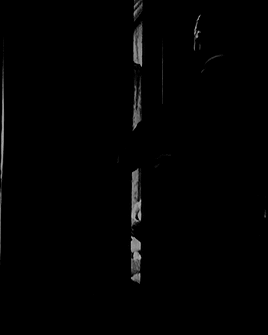
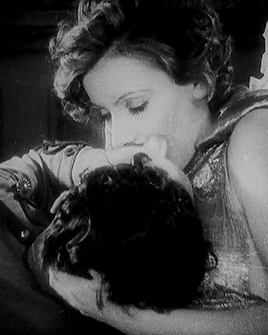
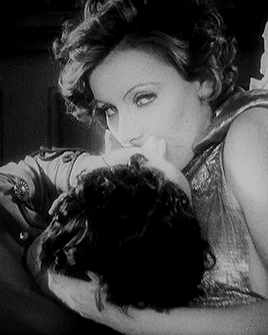
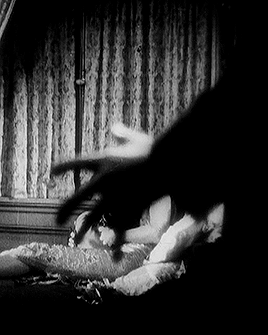
Greta Garbo in Flesh and the Devil (1926) dir. Clarence Brown

Garbo and Gilbert.
THEY HAD FACES!
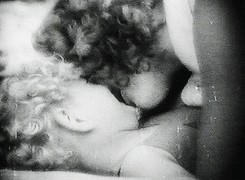
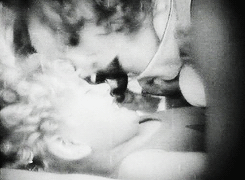
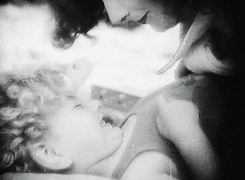
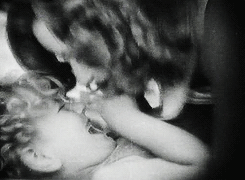
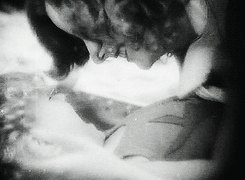
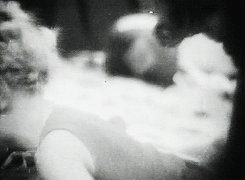

Garbo being her completely enchanting self








Why should you care for a woman like me? I’m always nervous or sick or sad or too gay. Greta Garbo as Marguerite Gautier in Camille (1936) dir. George Cukor


Greta Garbo in “Two-Faced Woman” by Clarence Sinclair Bull, 1941

Greta Garbo and Constance Bennett in Two-Faced Woman (1941)









I’ll love you all my life. I know that now. All my life. Camille (1936) dir. George Cukor







Rebecca (1940) dir. Alfred Hitchcock






Greta Garbo & John Gilbert in Flesh and the Devil, 1926. Directed by Clarence Brown.






The first scene of Flesh and the Devil Greta Garbo and John Gilbert filmed together was the scene at the train station where their characters meet. The immense chemistry between the two of them was obvious to everybody on set. There was no denying there was a very real connection with them and as their scenes got more passionate, they had no problem keeping their performances up. Clarence Brown, the movie’s director, said of them:
“It was the damnedest thing you ever saw. It was the sort of thing Elinor Glyn used to write about. When they got into that first love scene…nobody else was even there. Those two were alone in a world of their own. It seemed like an intrusion to yell “Cut!” I used to just motion the crew over to another part of the set and let them finish what they were doing. It was embarrassing.”
- Clarence Brown
(x)

Her strength, perhaps, was not joke telling. Nor was she jocular in a conventional sense— no practical joker, Garbo. But more than one drollery escaped her lips. One day, S. N. Behrman was waiting for her to show up for a meeting at MGM. “I went to the men’s room,” he said, “and there was Greta. I asked her what she was doing there. She said, ‘I’m watching the view.’



Favourite Leading Ladies:
↳ Greta Garbo - 18 September, 1905 - 15 April, 1990
“Her true genius was as a listener, I have frequently observed that the opposite of talking is not listening, but waiting. Garbo reversed this. She actually preferred to listen. She had the ability to concentrate totally on what you were saying, as if nothing else in the world mattered. All else vanished, all that existed was you, and what you were telling her. And I believe that somewhere in that area lies the whole secret of her greatness as a screen actress: the ability to exclude everything but the moment, to exist only for right now, before the camera, or before whomever had captured her interest.”
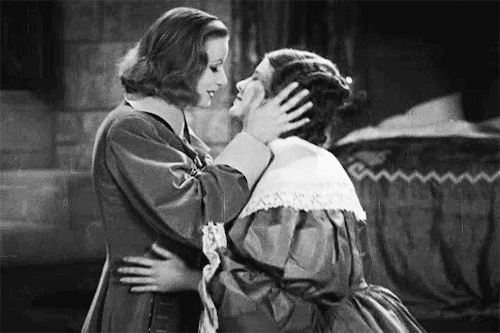
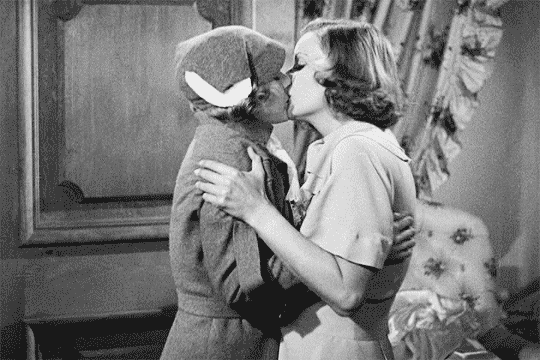
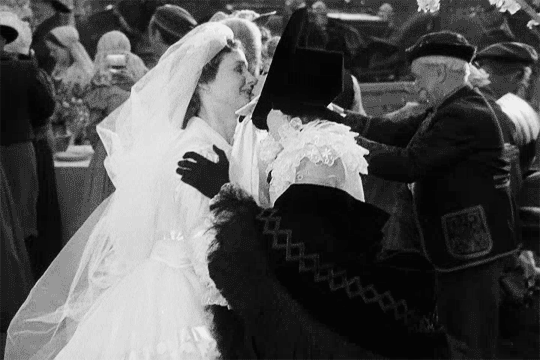
QUEEN CHRISTINA (1933) dir. Rouben Mamoulian THE PAINTED VEIL (1934) dir. Richard Boleslawski CAMILLE (1936) dir. George Cukor







Joan Fontaine, 1942

Frida and necklace. A Gallery For Fine Photography : Lucienne Bloch : Freedom & Frida





men get pegged
